
Image: Åkerblom Studio/Fundació Mies van der Rohe, 2022
The intervention White waterlilies [esp. Nenúfars blancs] reintroduces a constellation of waterlilies that have once inhabited the larger pool of the Barcelona Pavilion.
The project by CENTRALA and Aleksandra Kędziorek 11 www.olakedziorek.com ↩︎ adds a finishing touch to the 1980s reconstruction of the iconic design by Ludwig Mies van der Rohe and Lilly Reich. A cluster of water plants, visible in photos from 1929 and recalled by visitors at the time, have been long overlooked by the history of design. The intervention by CENTRALA, rather than offering a faithful reconstruction, contemplates the richness of aquatic botany and its relation to architecture.
The water plants – present also in other Mies van der Rohe and Reich’s projects from around 1930 – once formed a frequent component of architectural compositions. Used by architects and landscape designers, including Roberto Burle Marx, Isamu Noguchi, Gio Ponti, Carlo Scarpa and Pietro Porcinai, they were blossoming especially at the world’s fairs. Joseph Paxton’s Crystal Palace at the 1851 London’s Great Exhibition with its structure inspired by a leaf of Victoria amazonica, and Joseph Bury Latour-Marliac’s presentation of hybrid species that enraptured Claude Monet at the 1889 Paris Exposition Universelle created a long-lasting relationship between aquatic botany and international exhibitions that included the 1929 Expo in Barcelona. Yet, nowadays, the waterlilies have disappeared from most of their former architectural settings. The intervention at the Barcelona pavilion intends to bring them back to the architectural imagination.
The current composition of the pool consists of white waterlilies of both hybrid (Nymphaea ‘Walter Pagels’, Nymphaea Marliacea Chromatella Empordà, and night-blooming Nymphaea ‘Trudy Slocum’) and botanical origin (Nymphaea alba and Catalonian Nymphaea alba from the delta of Ebro River), as well as other plants (Potamogeton natans, Potamogeton coloratus, Ceratophyllum demersum), insects and microorganisms (Dafnia, Notonecta glauca, Cyclopoida) that help keep the water clean. The new image of the pool contributes to current debates on biodiversity, renaturalization and design of urban microclimates. It also encourages new readings of the iconic pavilion, with its pool being no longer only a flat and reflective surface contributing to the abstract structure of the building, but also a small ecosystem that resonates with the rhythms of nature.

White waterlilies, Fundació Mies van der Rohe, Barcelona, 2022. Photo: Jordi Salinas
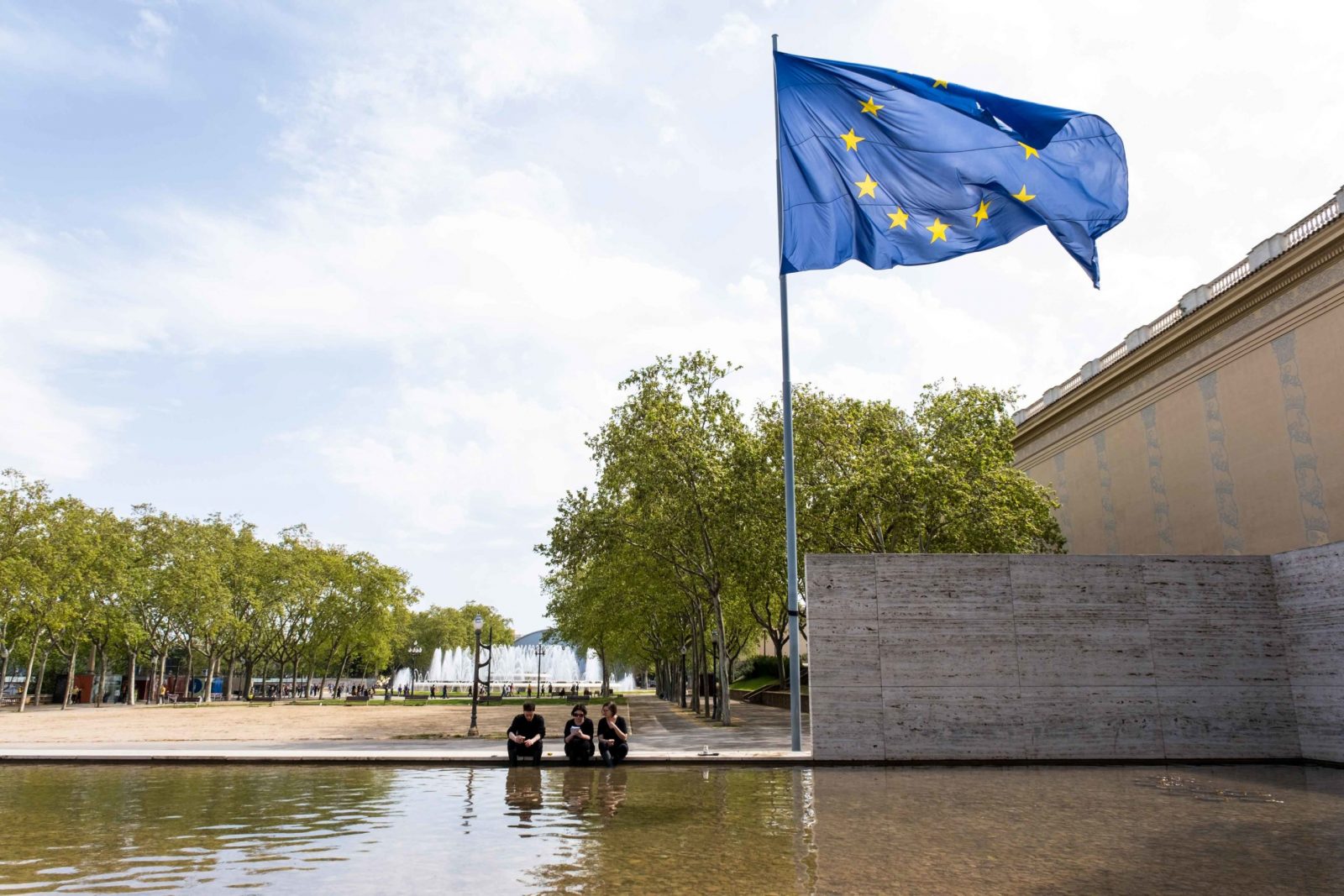
White waterlilies, Fundació Mies van der Rohe, Barcelona, 2022. Photo: Jordi Salinas
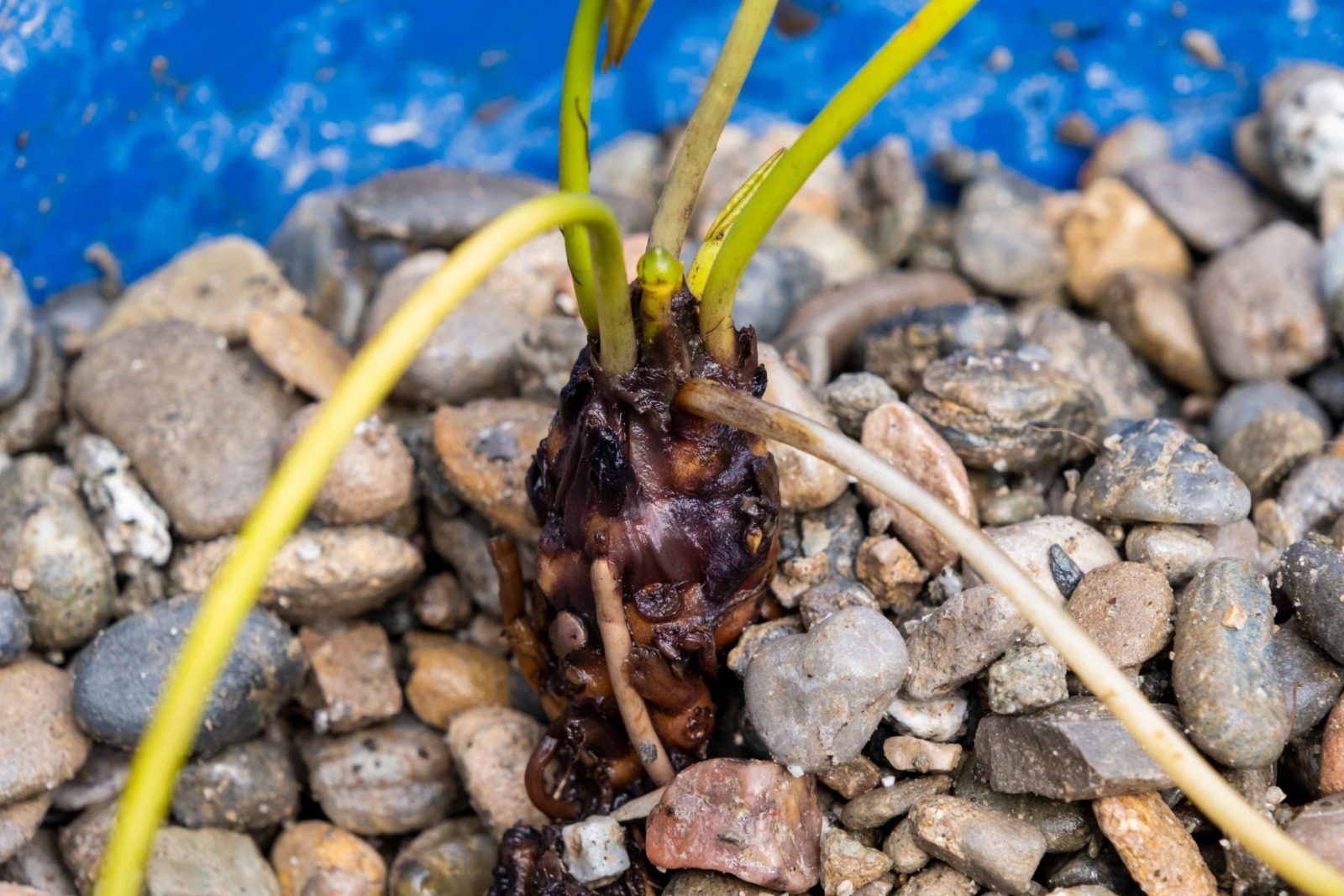
White waterlilies, Fundació Mies van der Rohe, Barcelona, 2022. Photo: Jordi Salinas

White waterlilies, Fundació Mies van der Rohe, Barcelona, 2022. Photo: Jordi Salinas
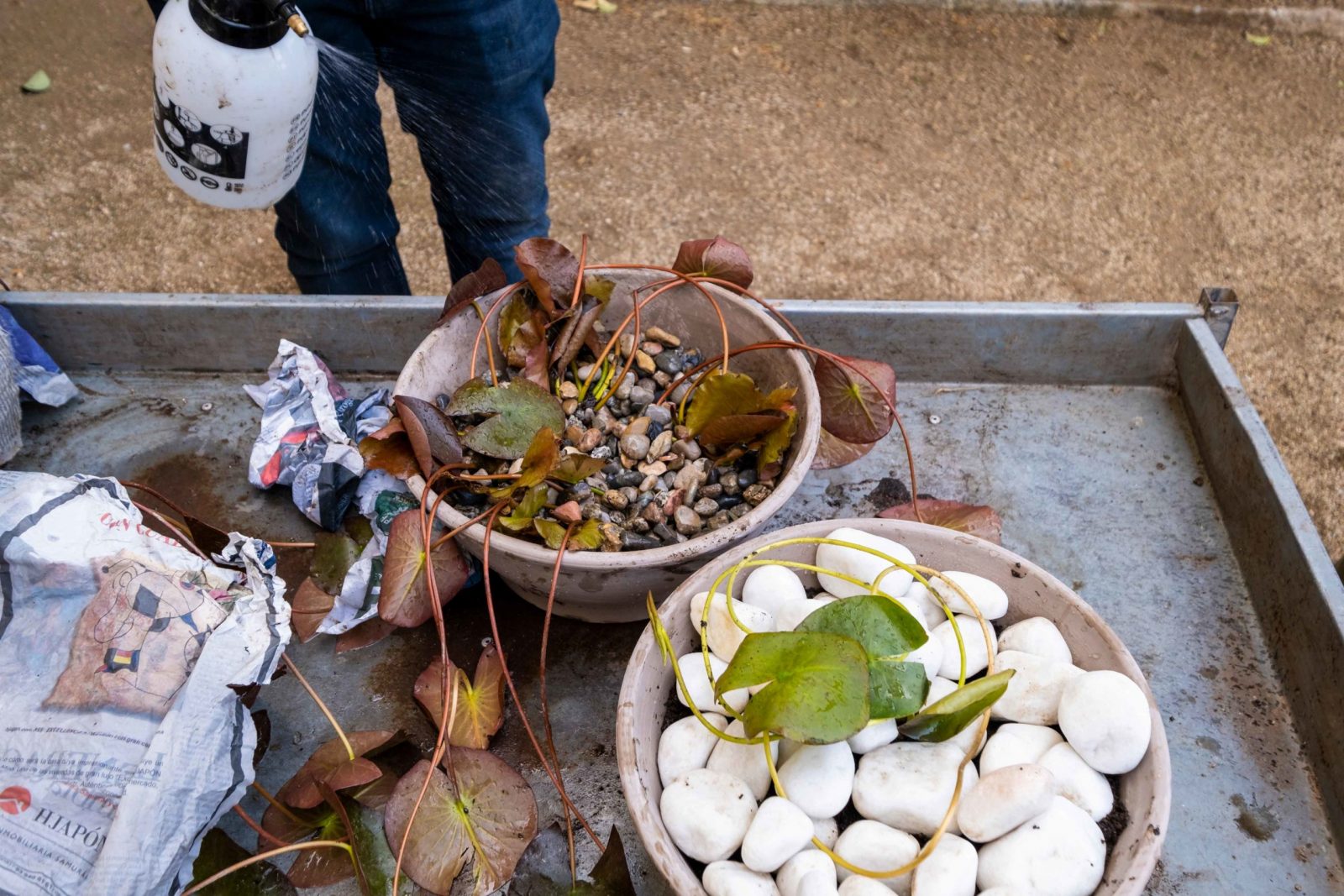
White waterlilies, Fundació Mies van der Rohe, Barcelona, 2022. Photo: Jordi Salinas
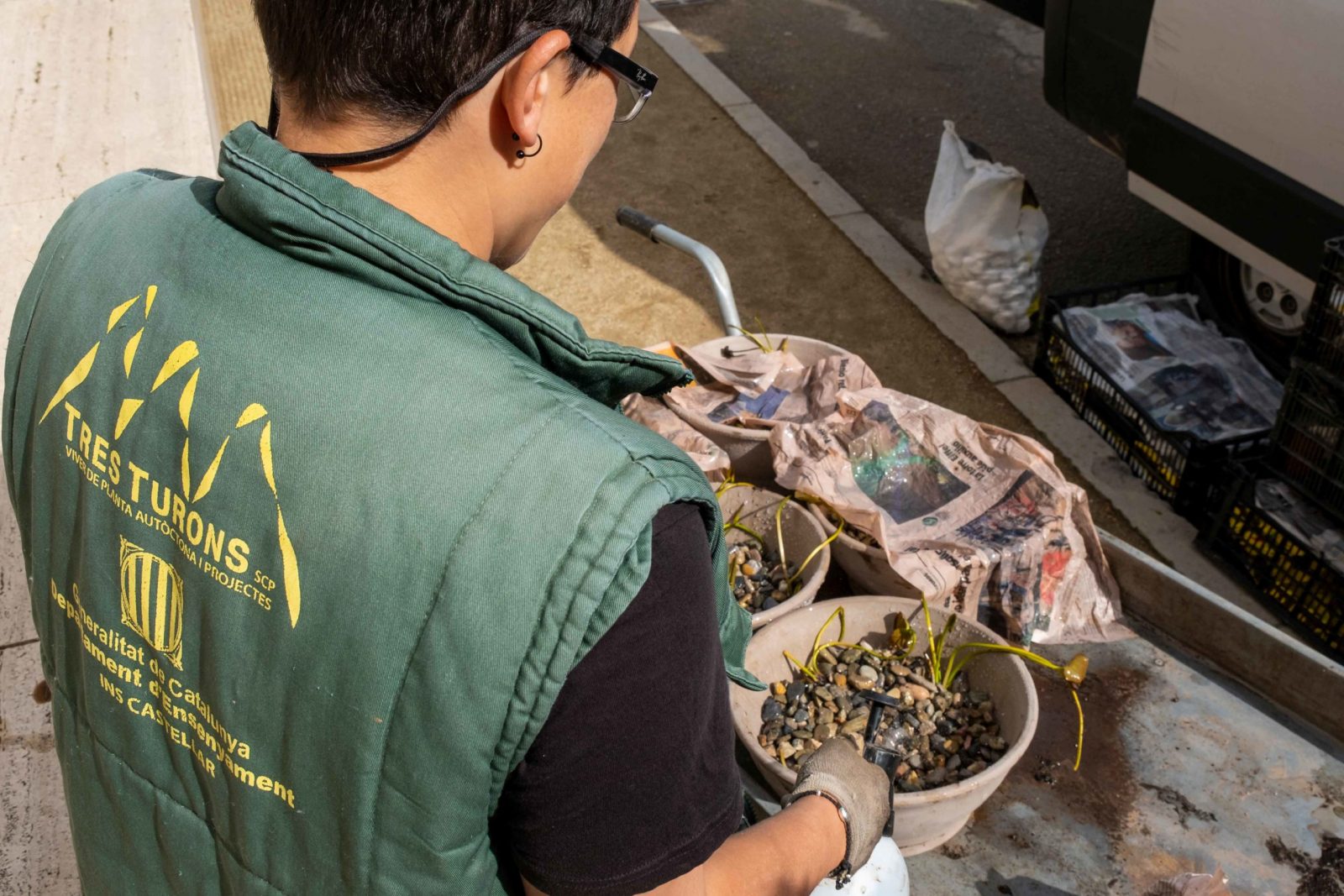
White waterlilies, Fundació Mies van der Rohe, Barcelona, 2022. Photo: Jordi Salinas
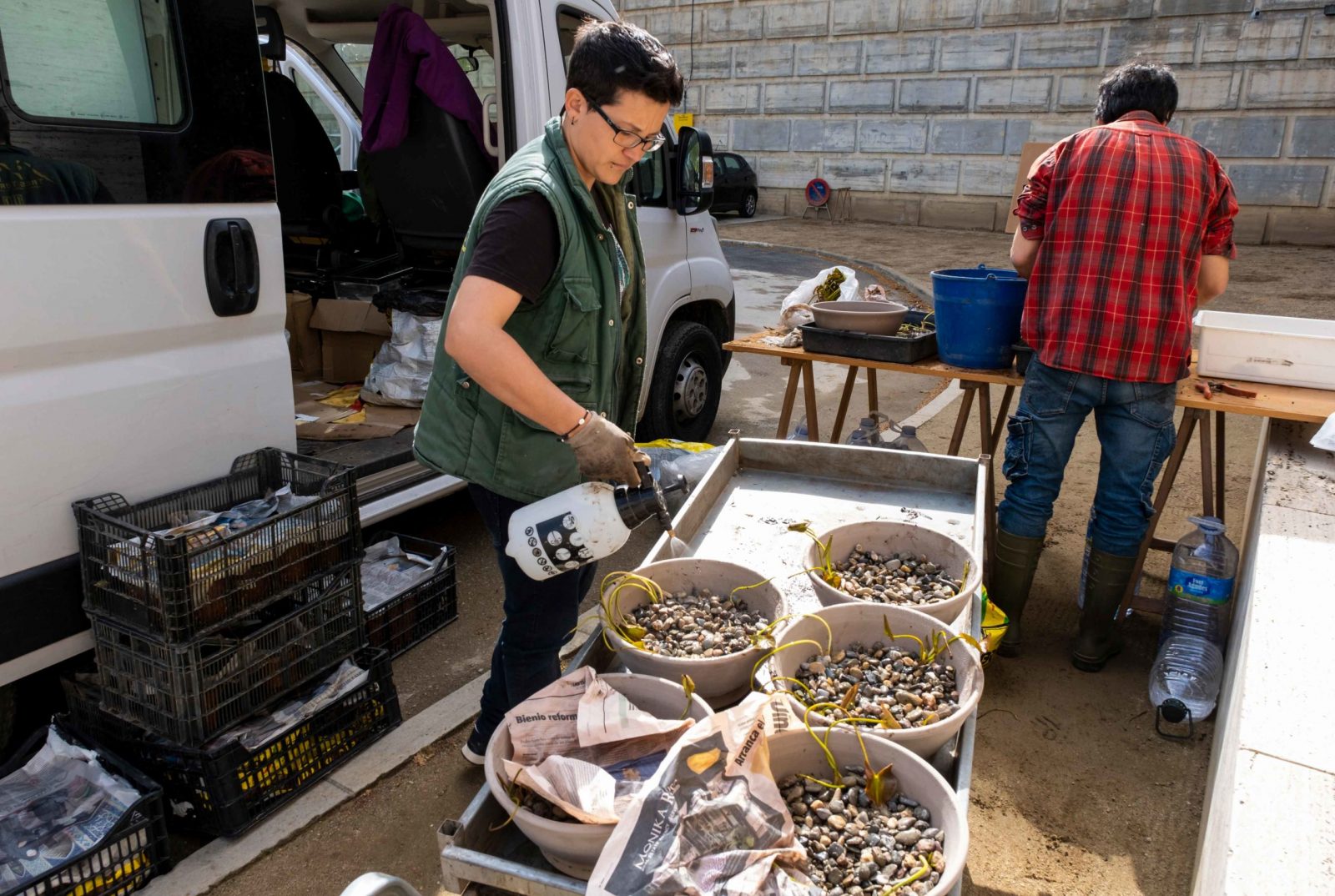
White waterlilies, Fundació Mies van der Rohe, Barcelona, 2022. Photo: Jordi Salinas
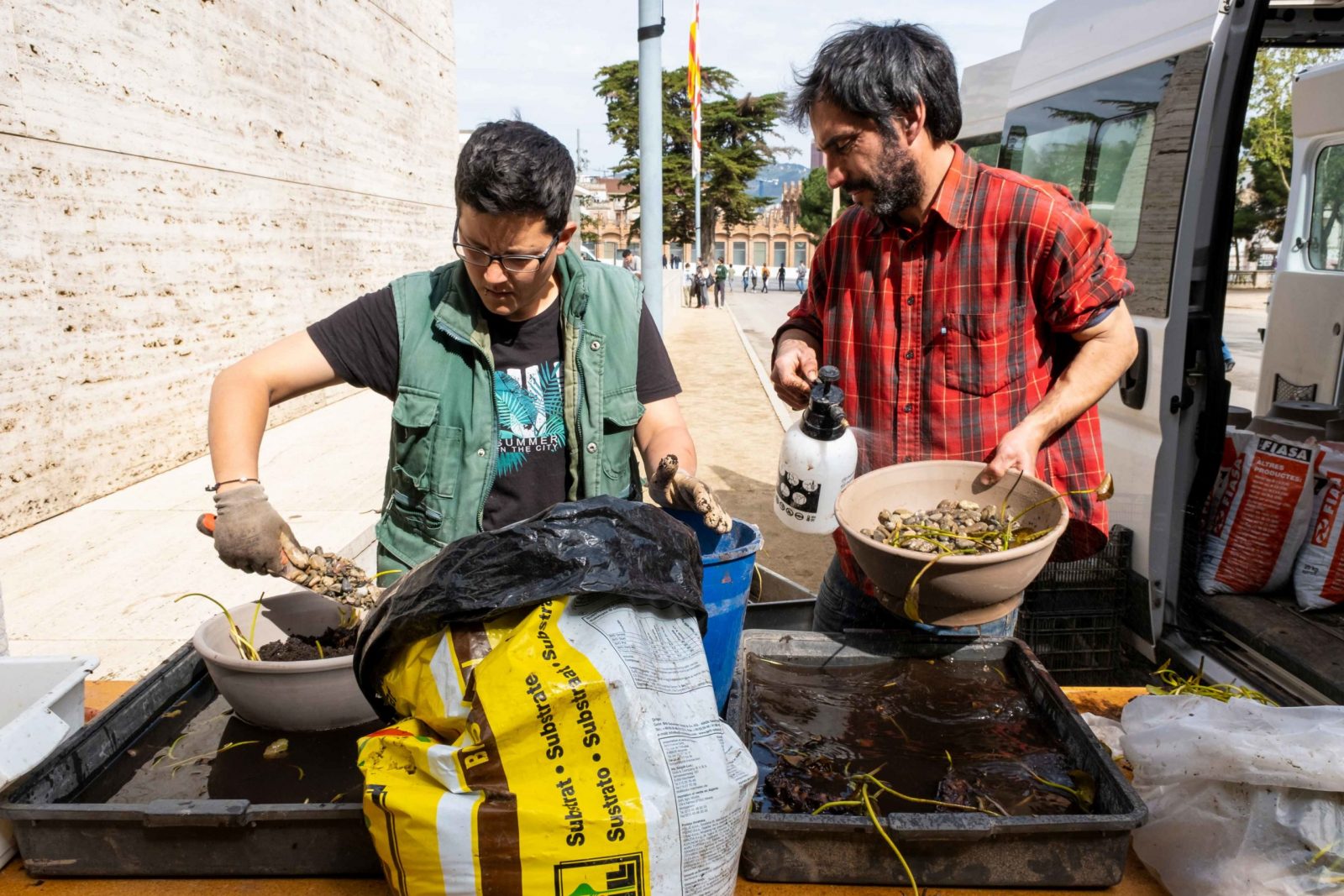
White waterlilies, Fundació Mies van der Rohe, Barcelona, 2022. Photo: Jordi Salinas

White waterlilies, Fundació Mies van der Rohe, Barcelona, 2022. Photo: Jordi Salinas
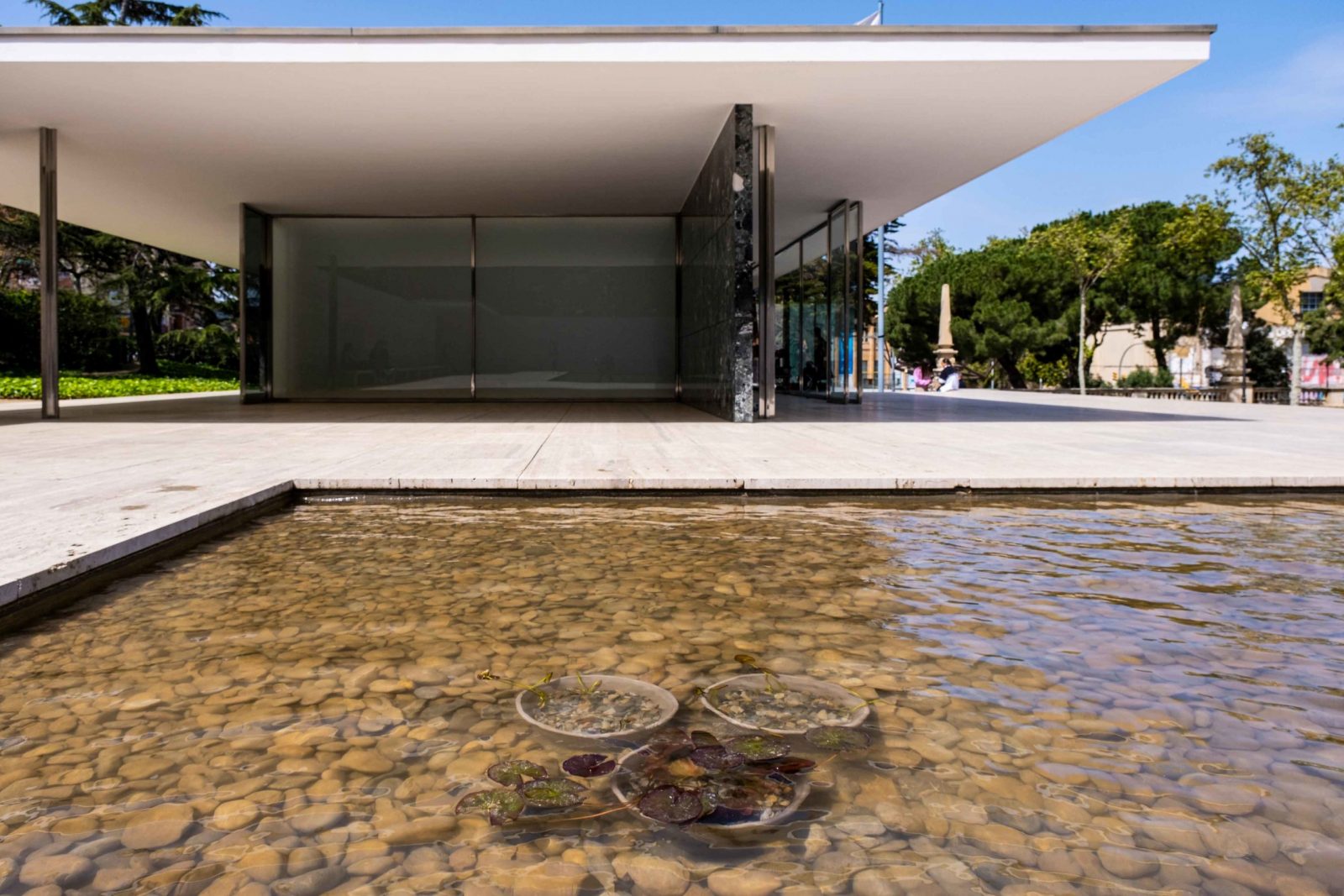
White waterlilies, Fundació Mies van der Rohe, Barcelona, 2022. Photo: Jordi Salinas

White waterlilies, Fundació Mies van der Rohe, Barcelona, 2022. Photo: Jordi Salinas

White waterlilies, Fundació Mies van der Rohe, Barcelona, 2022. Photo: Jordi Salinas
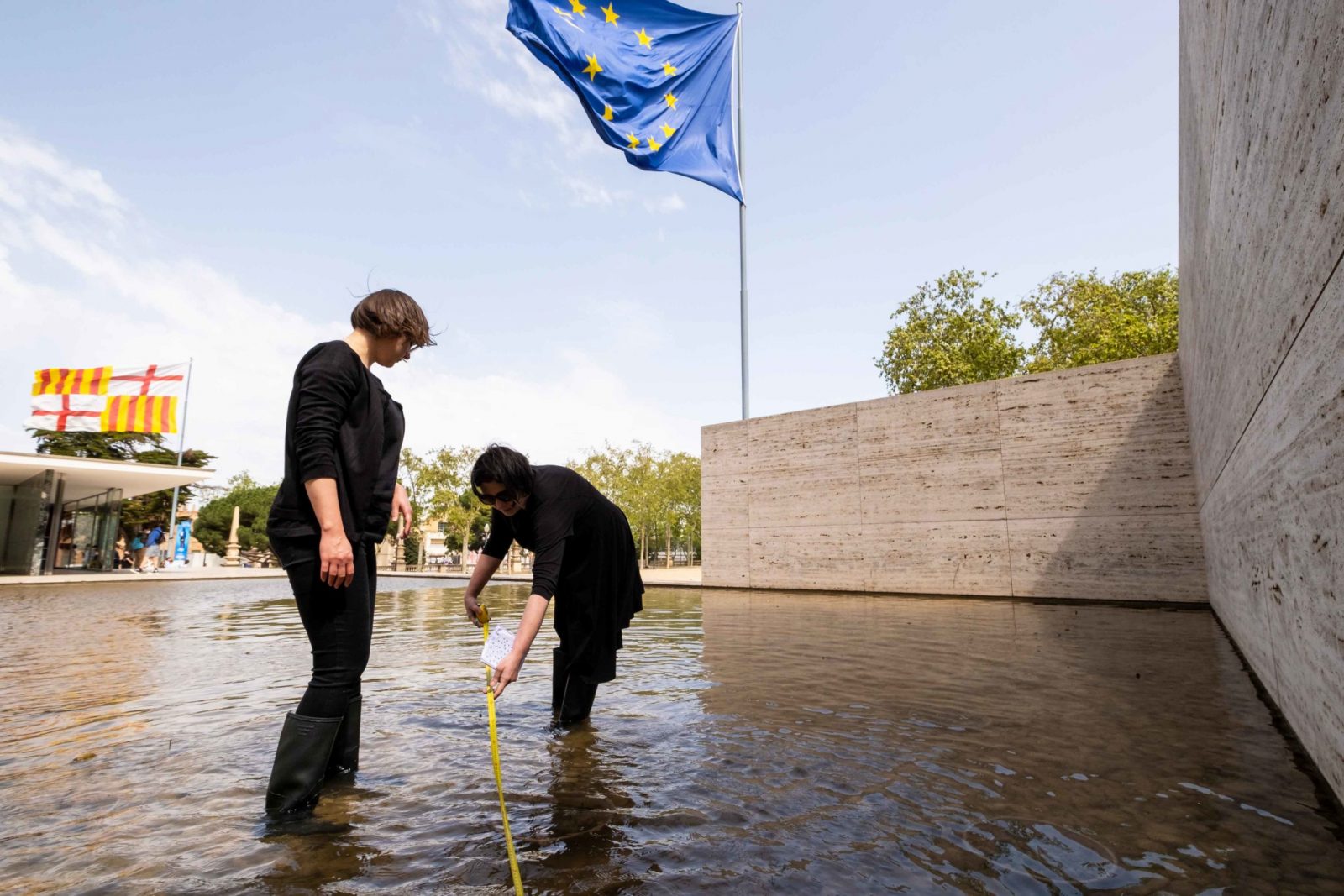
White waterlilies, Fundació Mies van der Rohe, Barcelona, 2022. Photo: Jordi Salinas
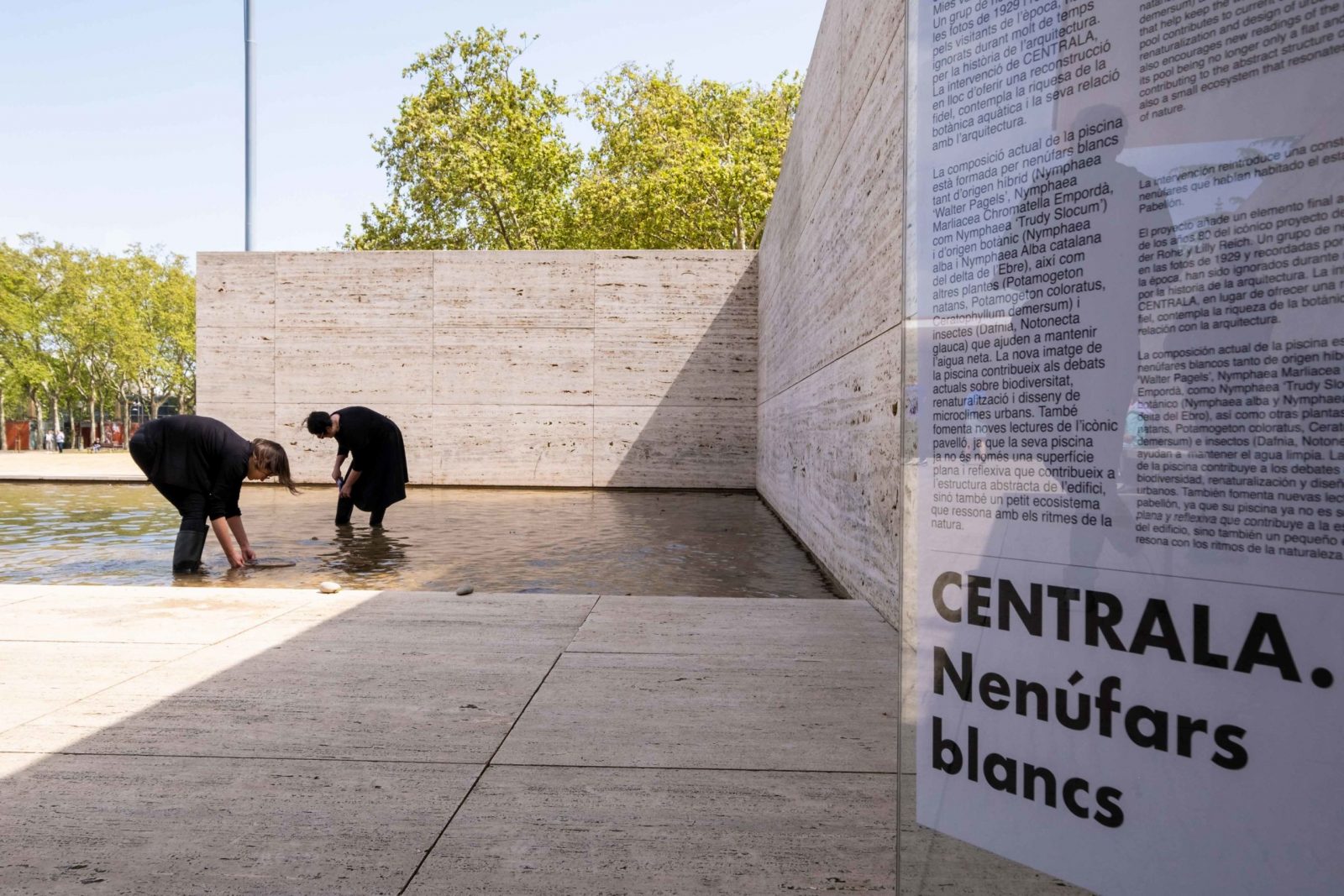
White waterlilies, Fundació Mies van der Rohe, Barcelona, 2022. Photo: Jordi Salinas
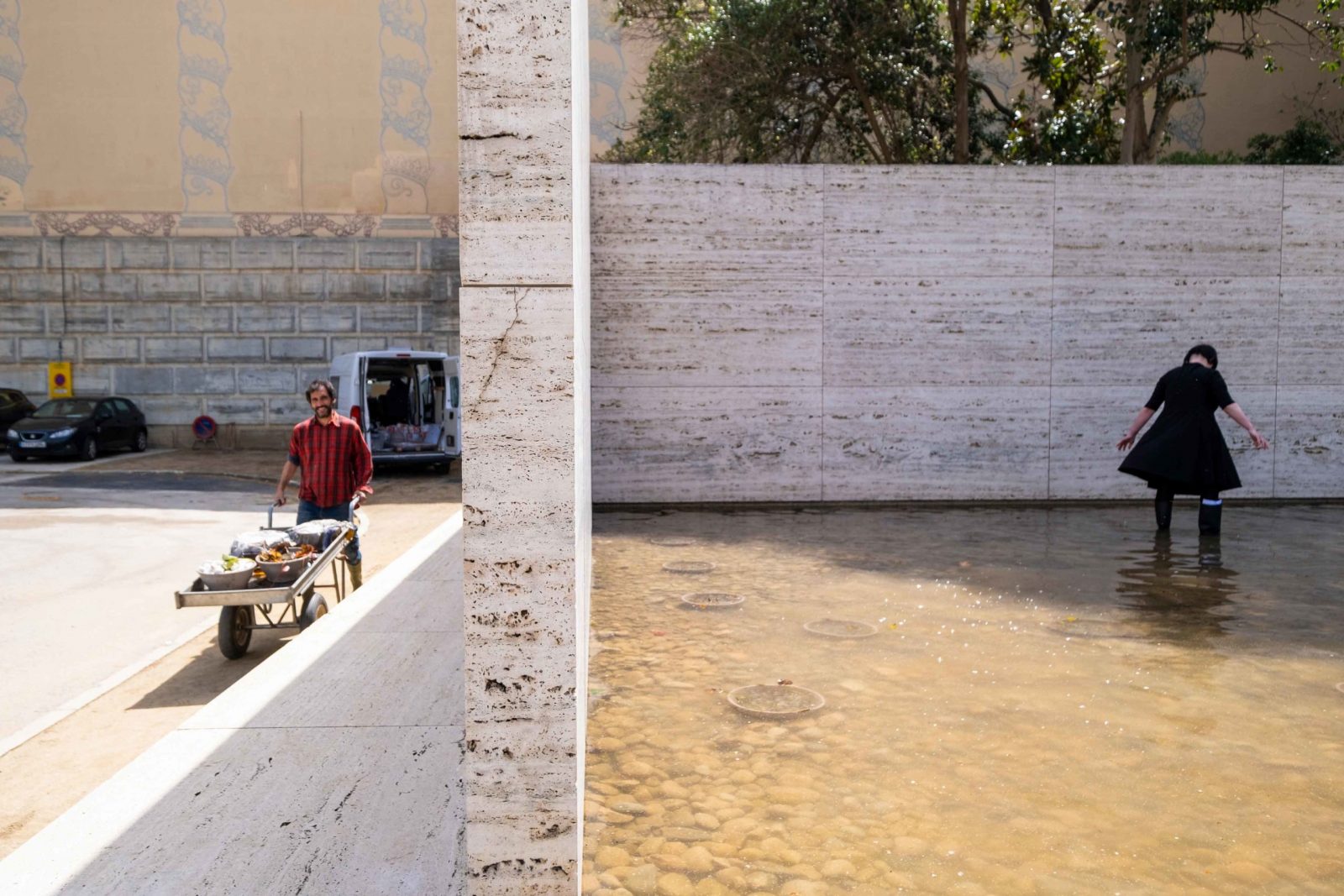
White waterlilies, Fundació Mies van der Rohe, Barcelona, 2022. Photo: Jordi Salinas
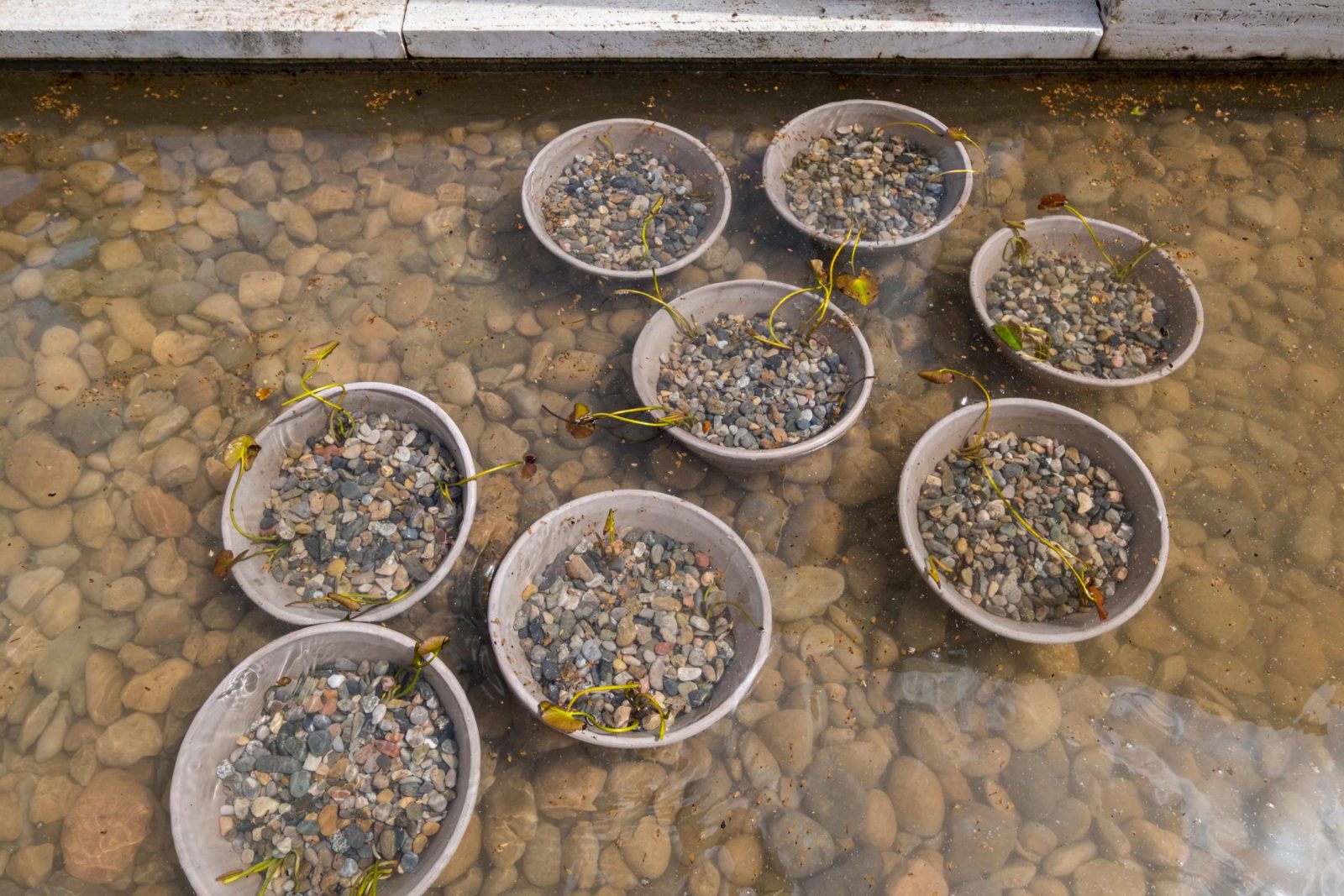
White waterlilies, Fundació Mies van der Rohe, Barcelona, 2022. Photo: Jordi Salinas
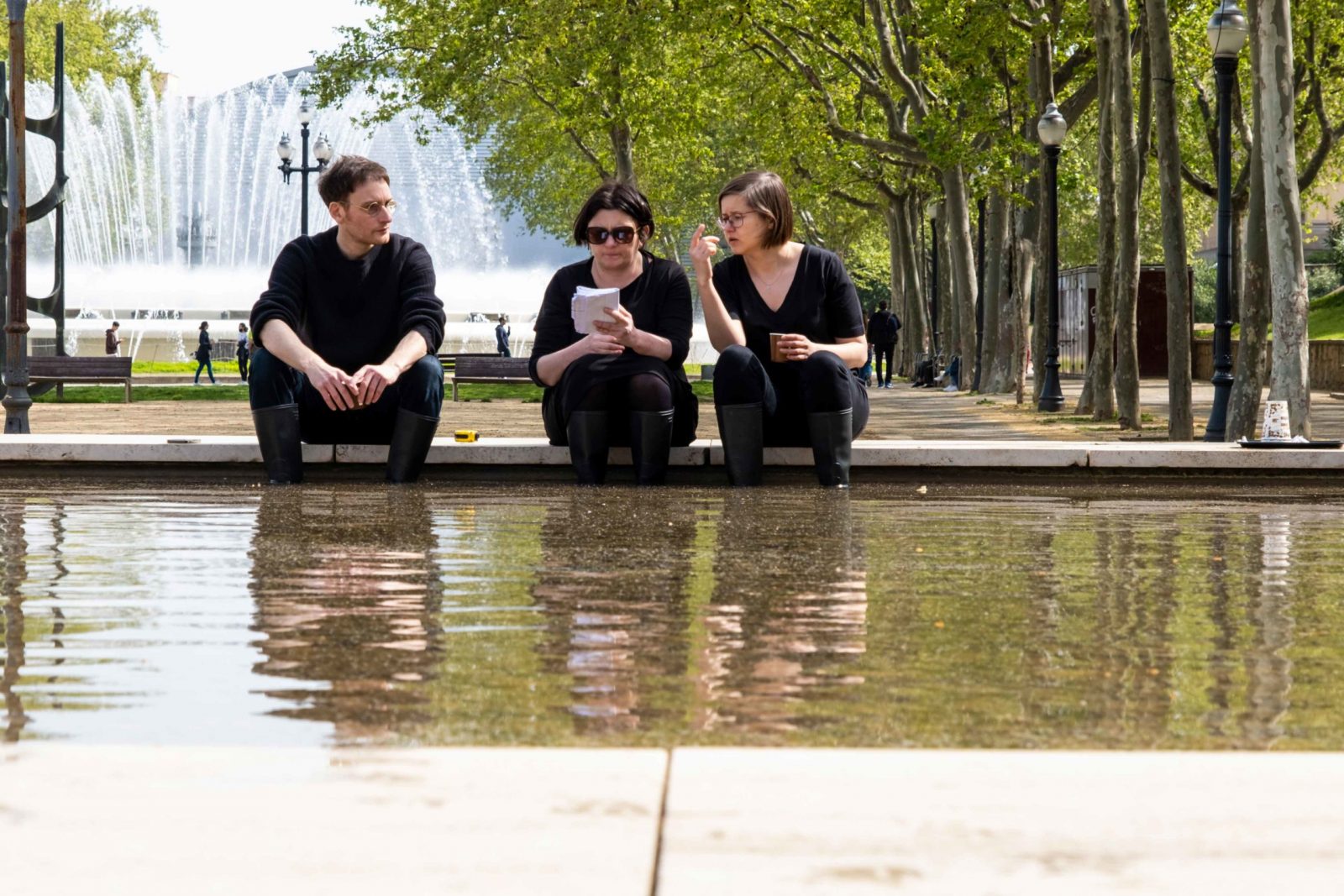
White waterlilies, Fundació Mies van der Rohe, Barcelona, 2022. Photo: Jordi Salinas
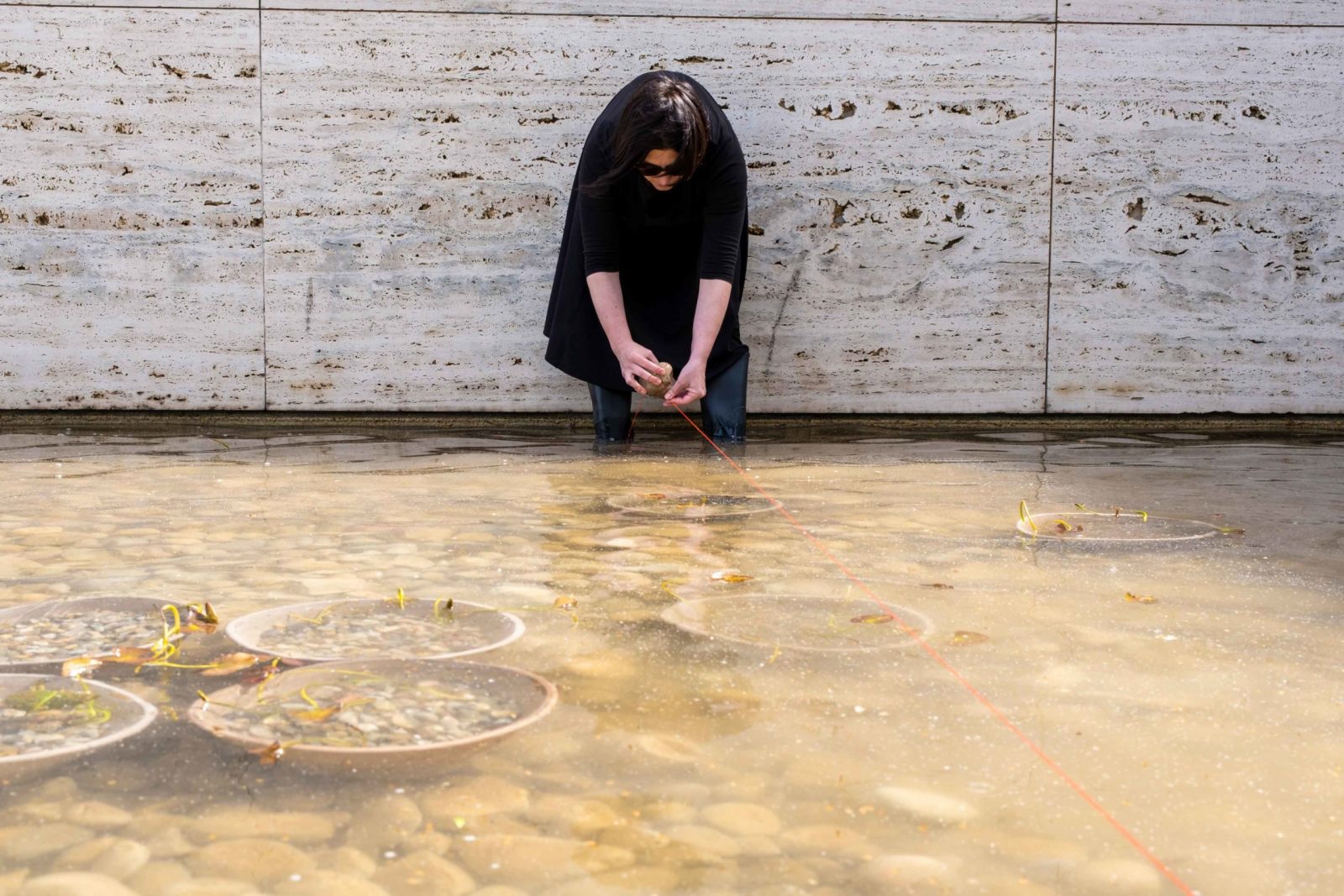
White waterlilies, Fundació Mies van der Rohe, Barcelona, 2022. Photo: Jordi Salinas
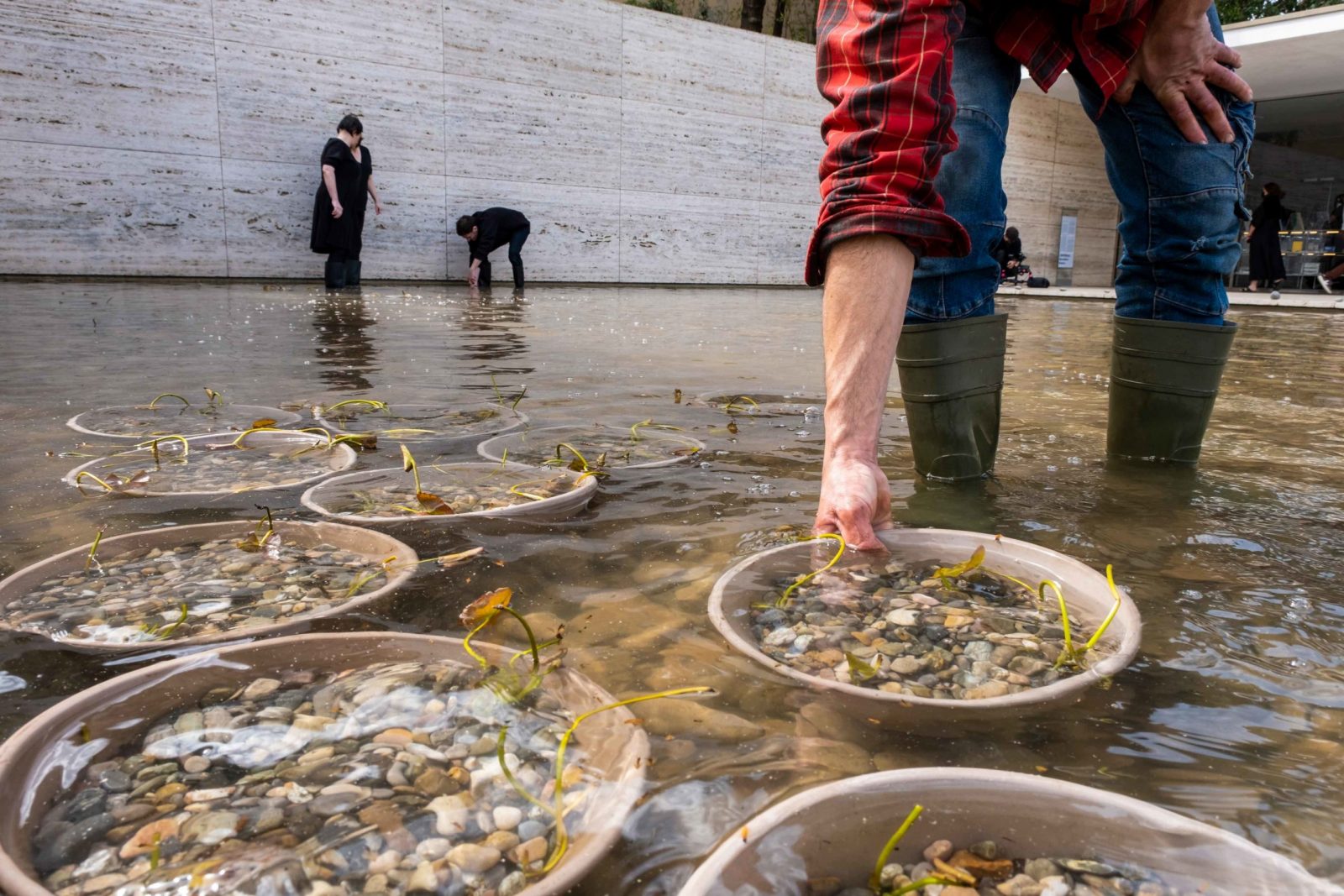
White waterlilies, Fundació Mies van der Rohe, Barcelona, 2022. Photo: Jordi Salinas
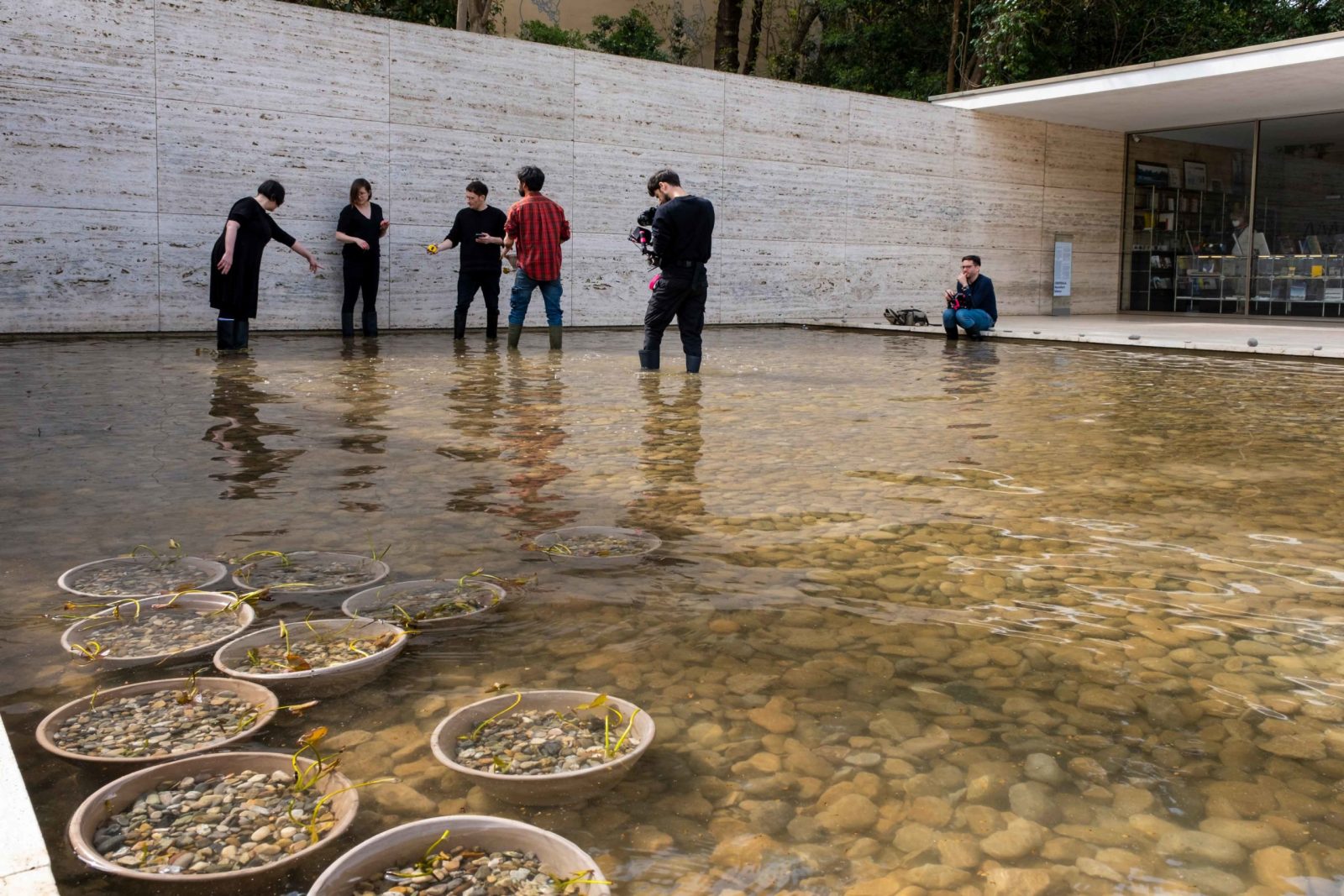
White waterlilies, Fundació Mies van der Rohe, Barcelona, 2022. Photo: Jordi Salinas
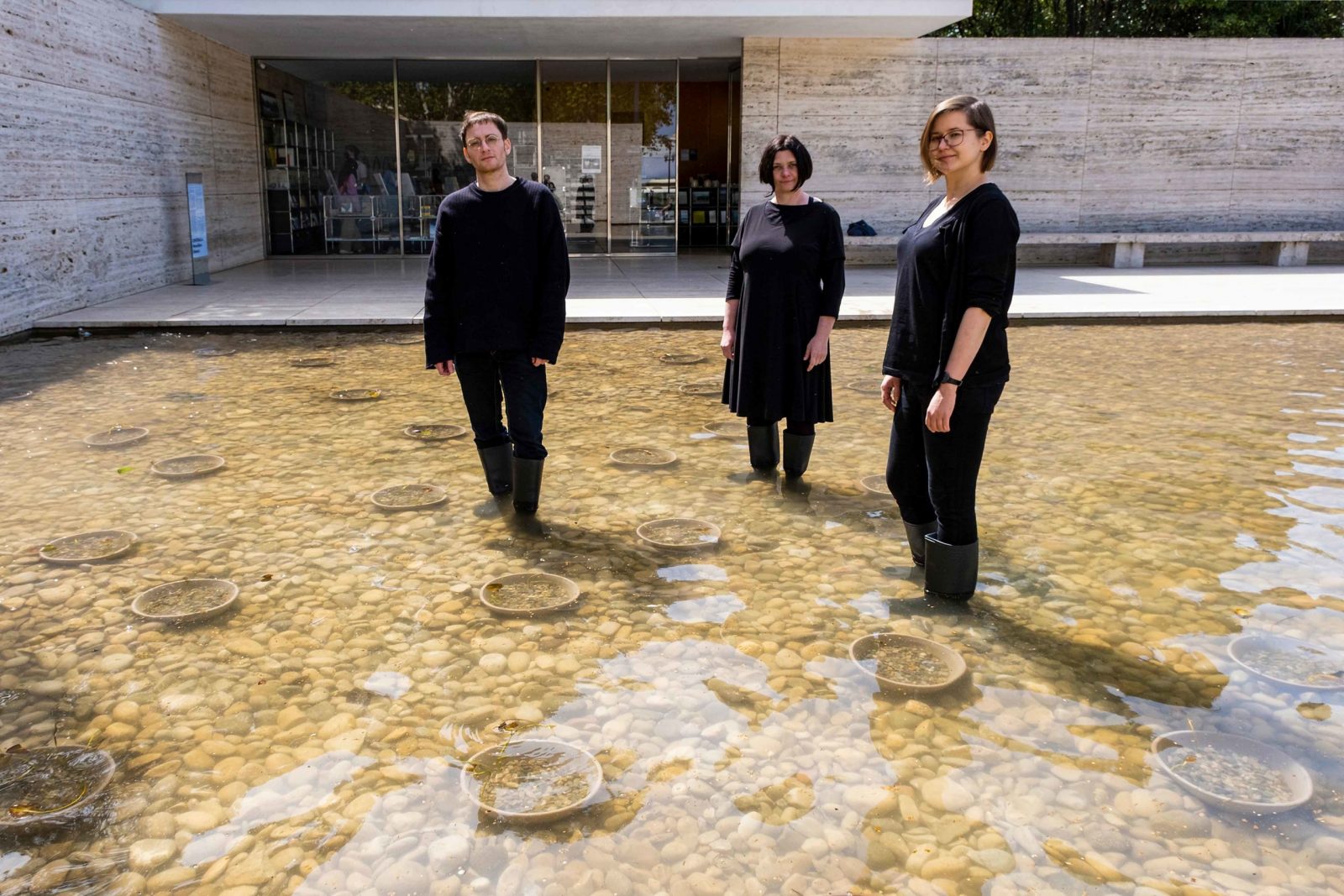
White waterlilies, Fundació Mies van der Rohe, Barcelona, 2022. Photo: Jordi Salinas
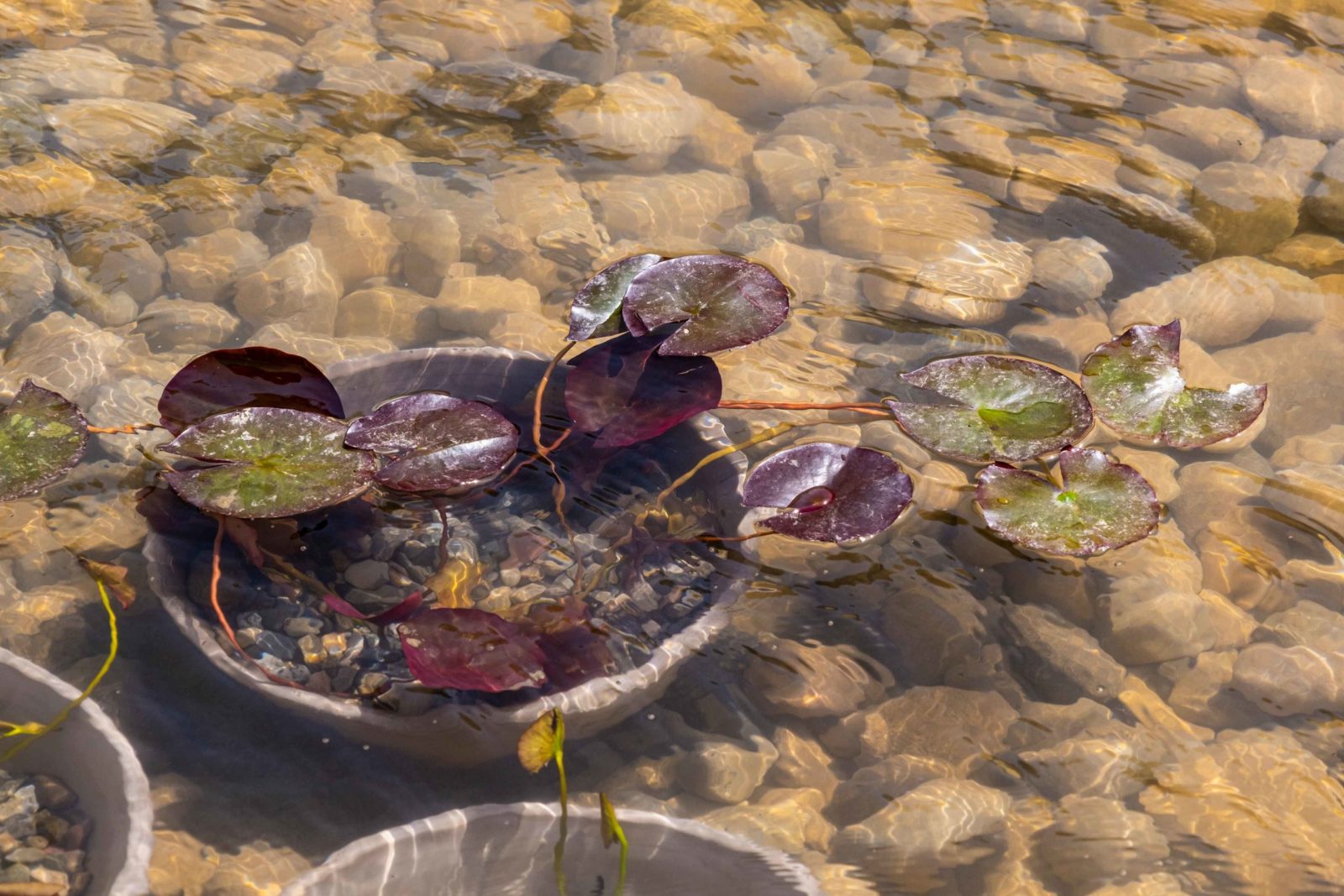
White waterlilies, Fundació Mies van der Rohe, Barcelona, 2022. Photo: Jordi Salinas
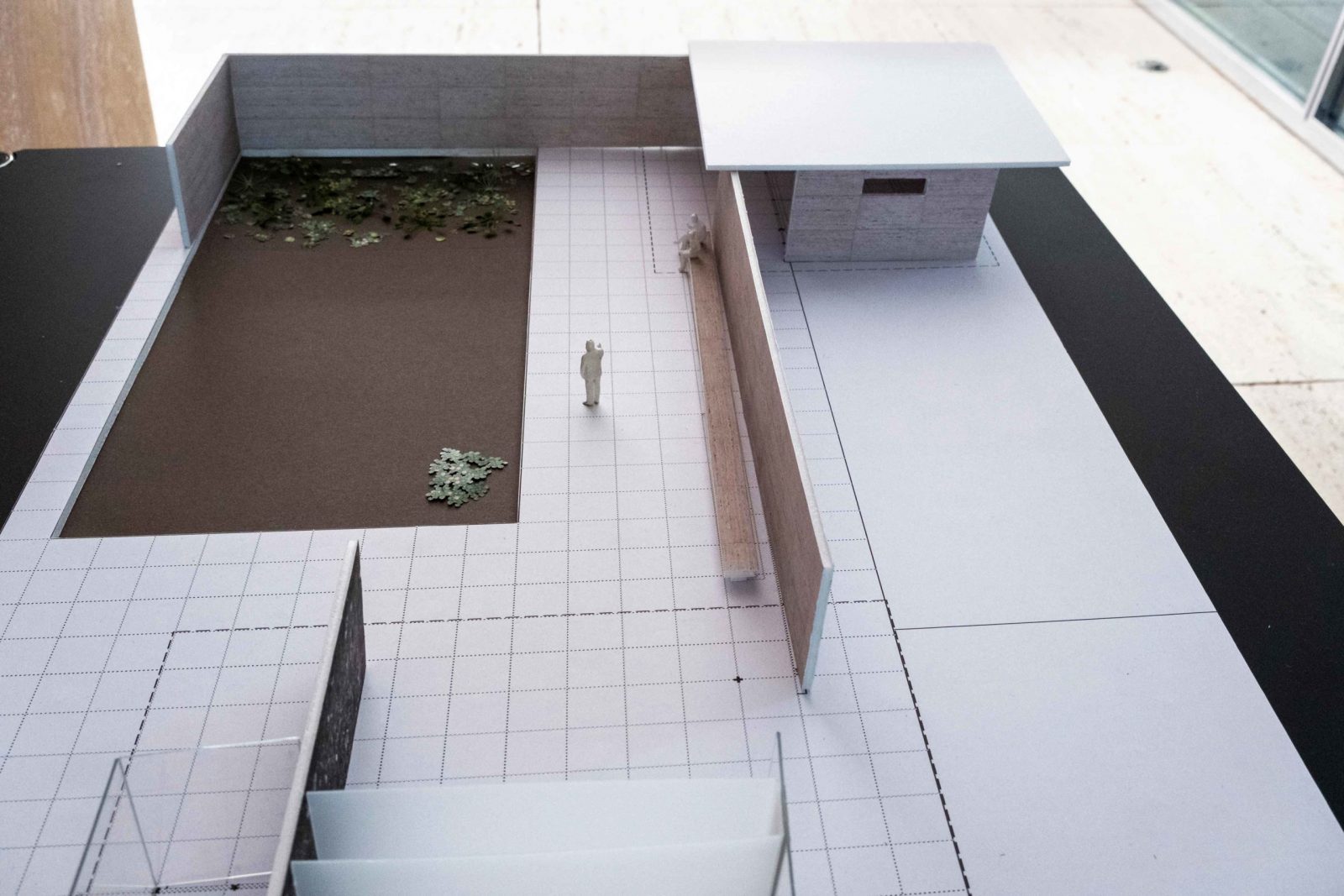
White waterlilies, Fundació Mies van der Rohe, Barcelona, 2022. Photo: Jordi Salinas
The project aims at restoring waterlilies in the pool of the Mies van der Rohe Pavilion in Barcelona. The installation, planned together with the Mies van der Rohe Foundation for the 2022, recalls waterlilies that originally formed part of the 1929 project by Mies van der Rohe and Lilly Reich, and were left out during the 1980s reconstruction. The project follows our few-year research on the relationship between hydrobotany and architecture. It also contributes to current discussions on designing urban microclimates and blue-green infrastructures, pointing to a relevant, but overlooked chapter in the history of modern architecture. We work together with experts in Mies van der Rohe’s architecture, heritage preservation and cultivation of aquatic plants, and will present results of our research to an international audience in a form of an installation in the Mies van der Rohe Pavilion in Barcelona in 2022 accompanied by a publication.
In 2021 a grand research tour was made, possible to Iportunus mobility grant, that allowed us to check diverse waterlilies spots.
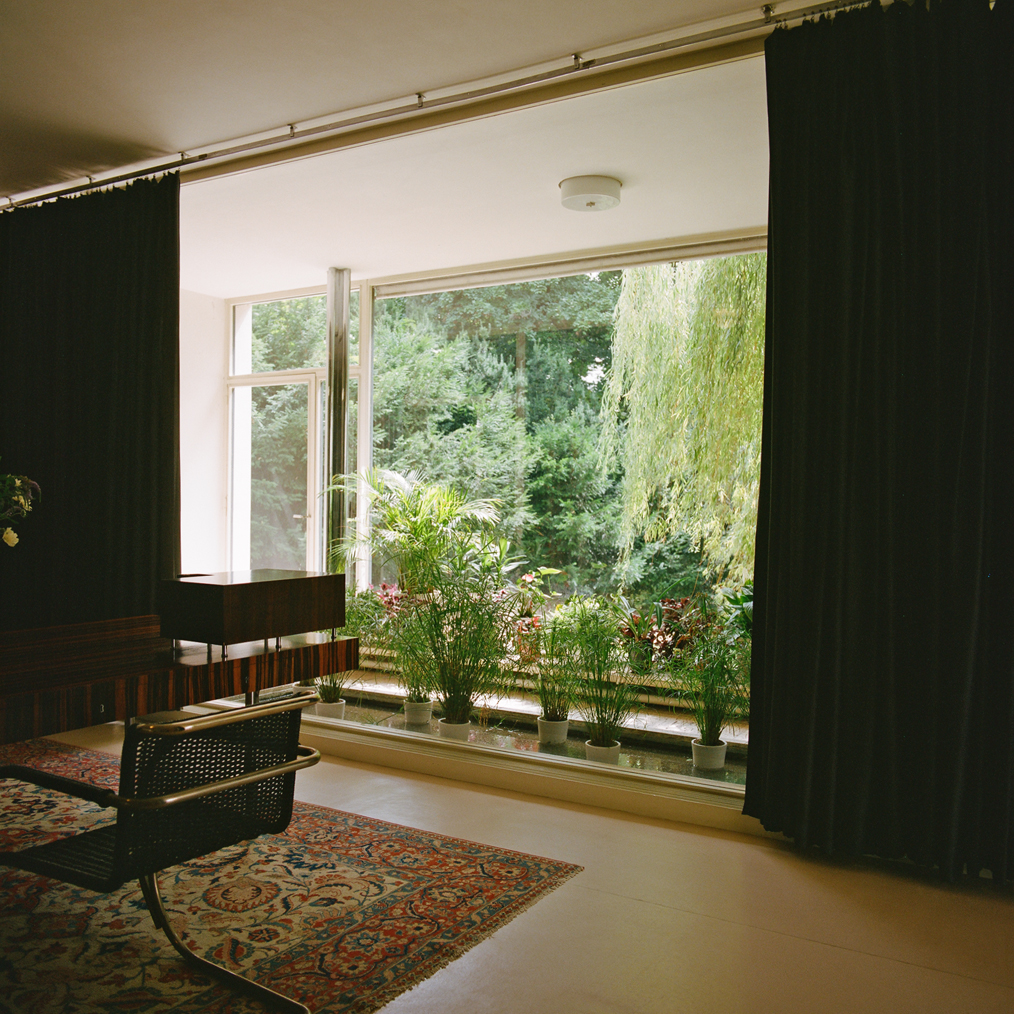
Tugendhat Villa in Brno (Czech Republic) of Greta and Fritz Tugendhat, designed by the architect Ludwig Mies van der Rohe and built in 1929–1930, is a monument of modern architecture, and is the only example of modern architecture in the Czech Republic inscribed in the list of UNESCO World Cultural Heritage sites. Iportunus tour, photo Simone De Iacobis.

Different architectural forms for aquatic plants in the Botanical Garden in Brno, Czech Republic. Photo Simone De Iacobis, 2021
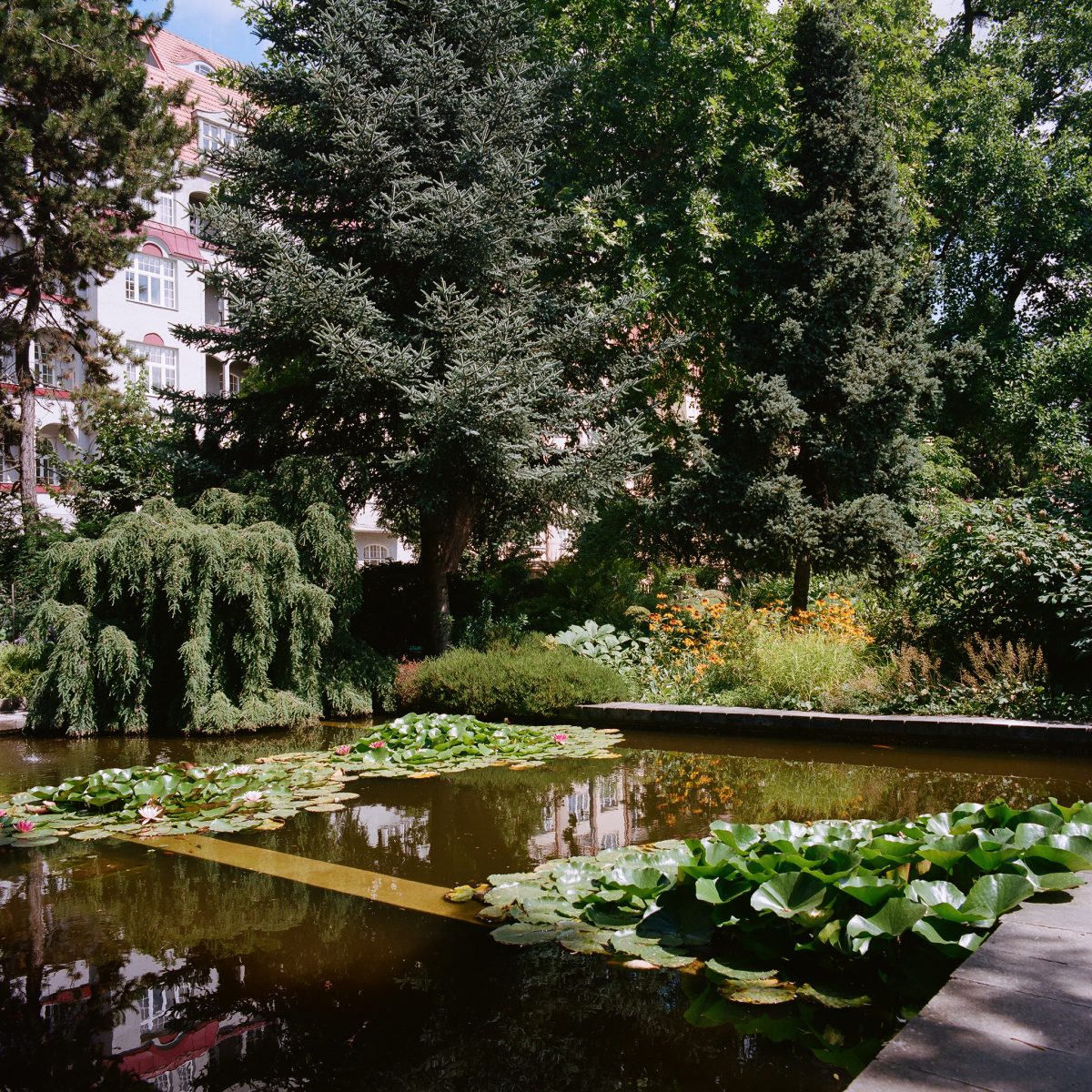
Different architectural forms for aquatic plants in the Botanical Garden in Brno, Czech Republic. Photo Simone De Iacobis, 2021
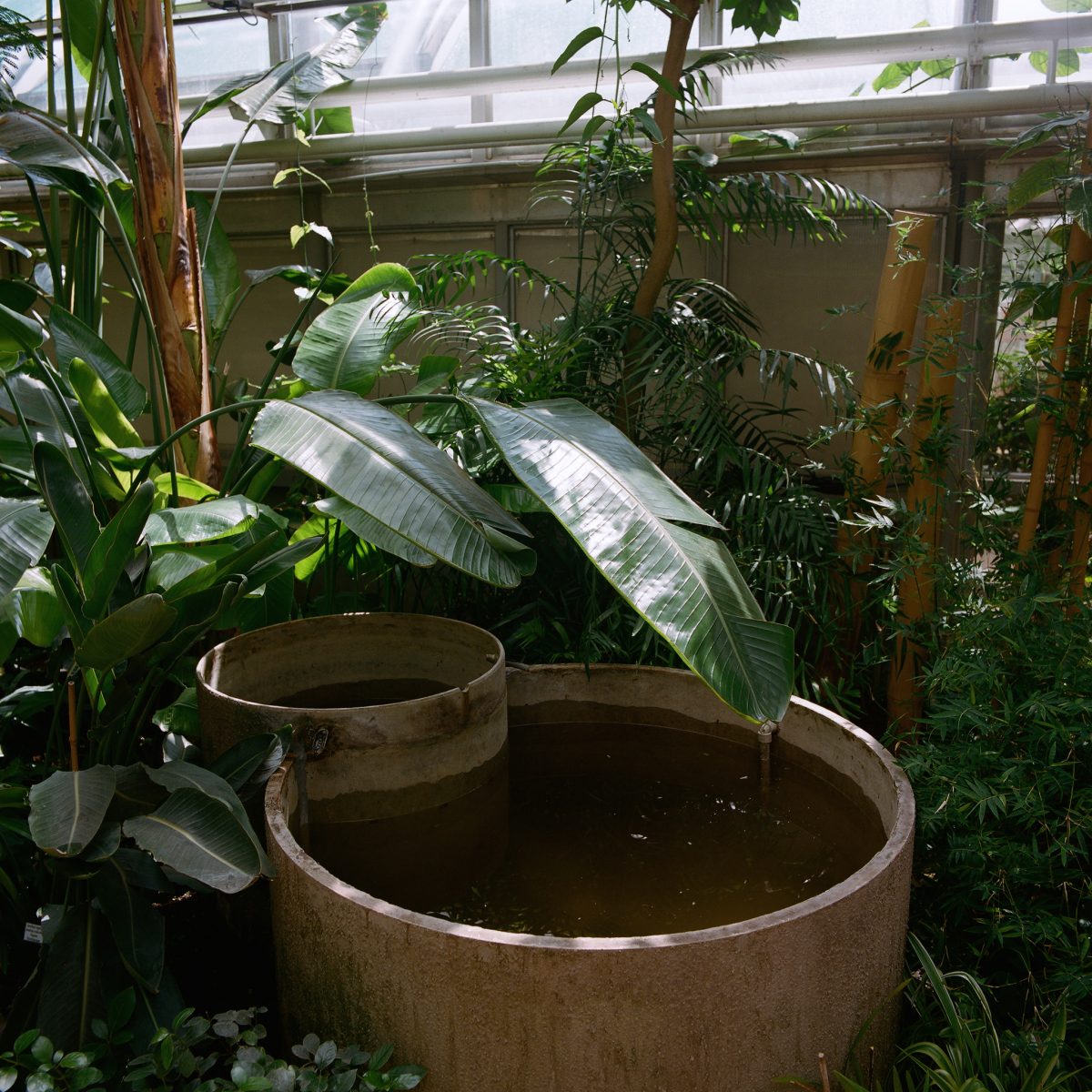
Different architectural forms for aquatic plants in the Botanical Garden in Brno, Czech Republic. Photo Simone De Iacobis, 2021
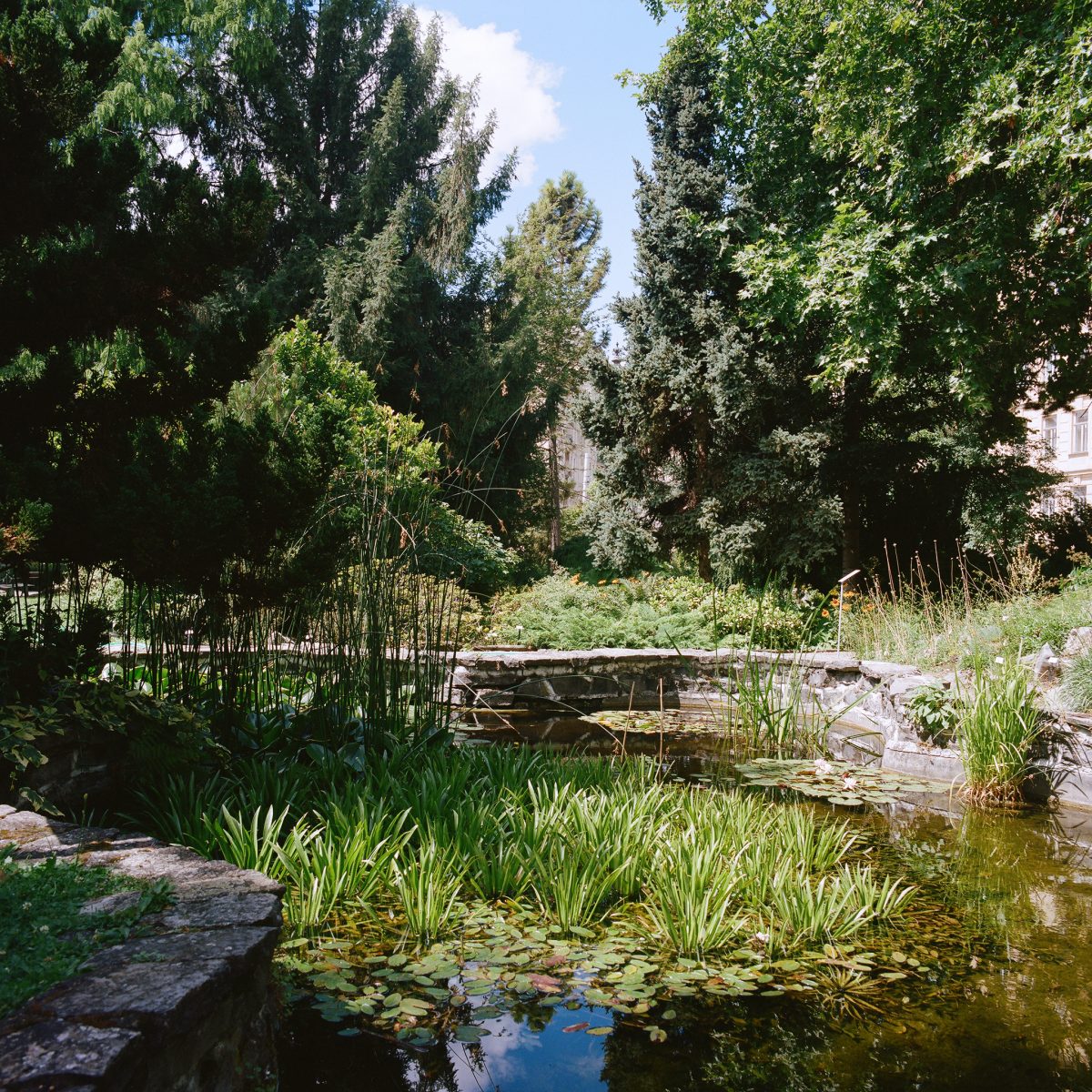
Different architectural forms for aquatic plants in the Botanical Garden in Brno, Czech Republic. Photo Simone De Iacobis, 2021

Carlo Scarpa’s garden at Querini Stampalia in Venice. Photo Simone De Iacobis

Carlo Scarpa’s garden at Querini Stampalia in Venice. Photo Simone De Iacobis

The botanical garden in Padua, Italy (The Orto Botanico di Padova). Photo Simone De Iacobis
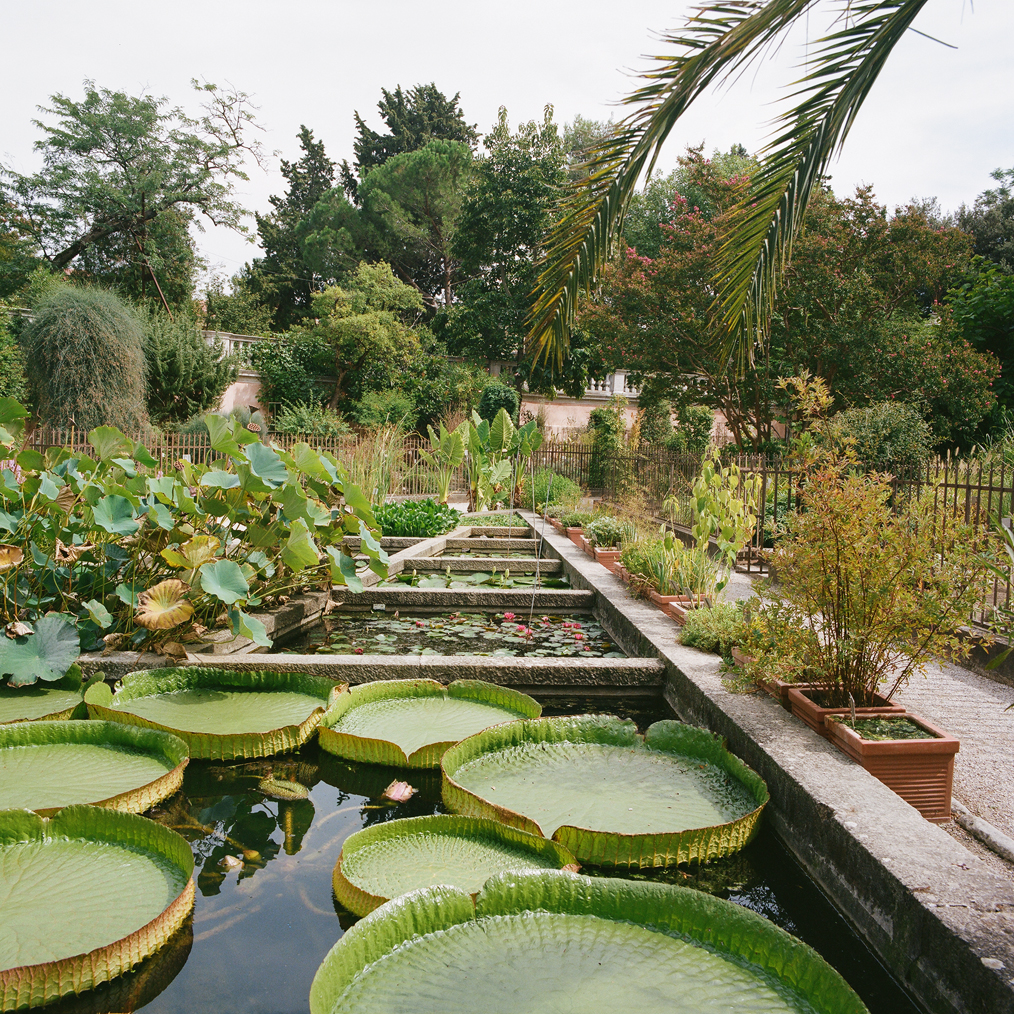
The botanical garden in Padua, Italy (The Orto Botanico di Padova). Old quarters for water plants. Photo Simone De Iacobis
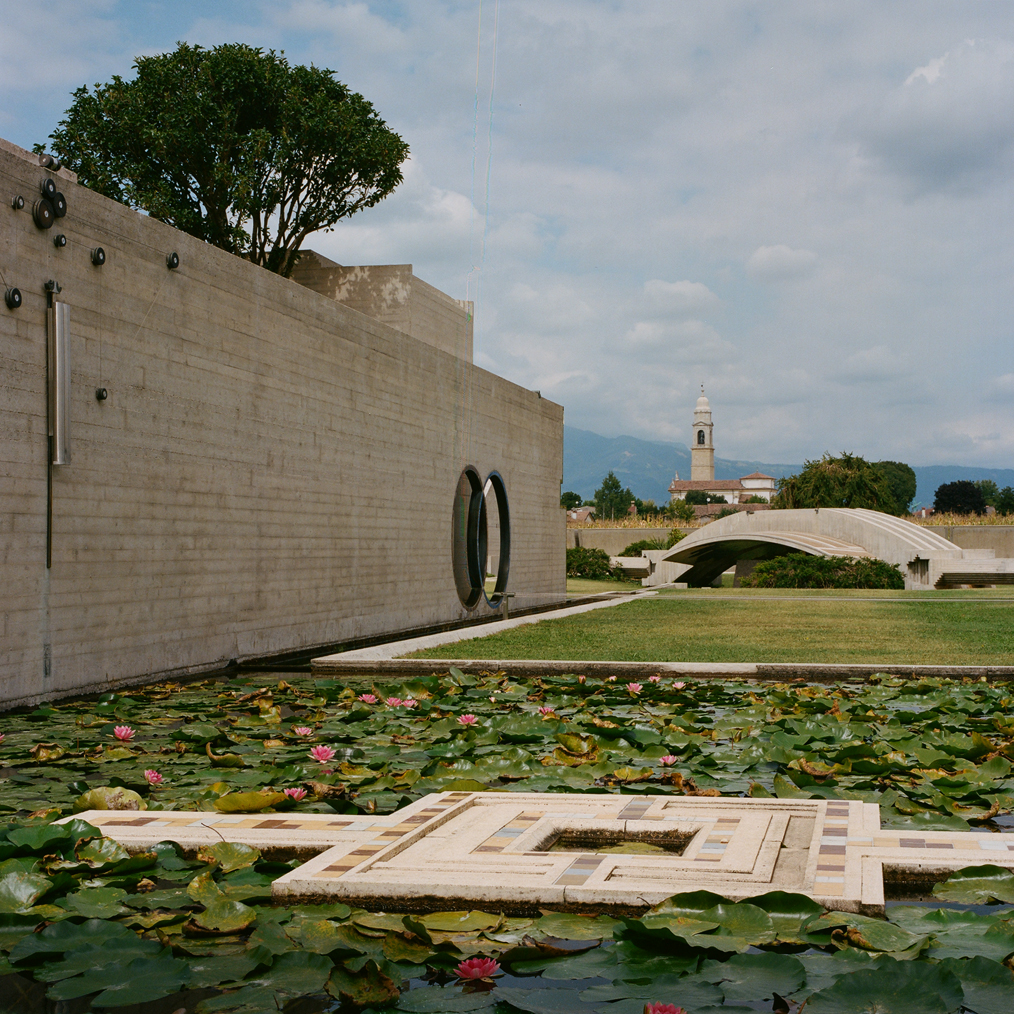
Brion Tomb and Sanctuary by Carlo Scarpa in San Vito d'Altivole, Italy. Photo Simone De Iacobis
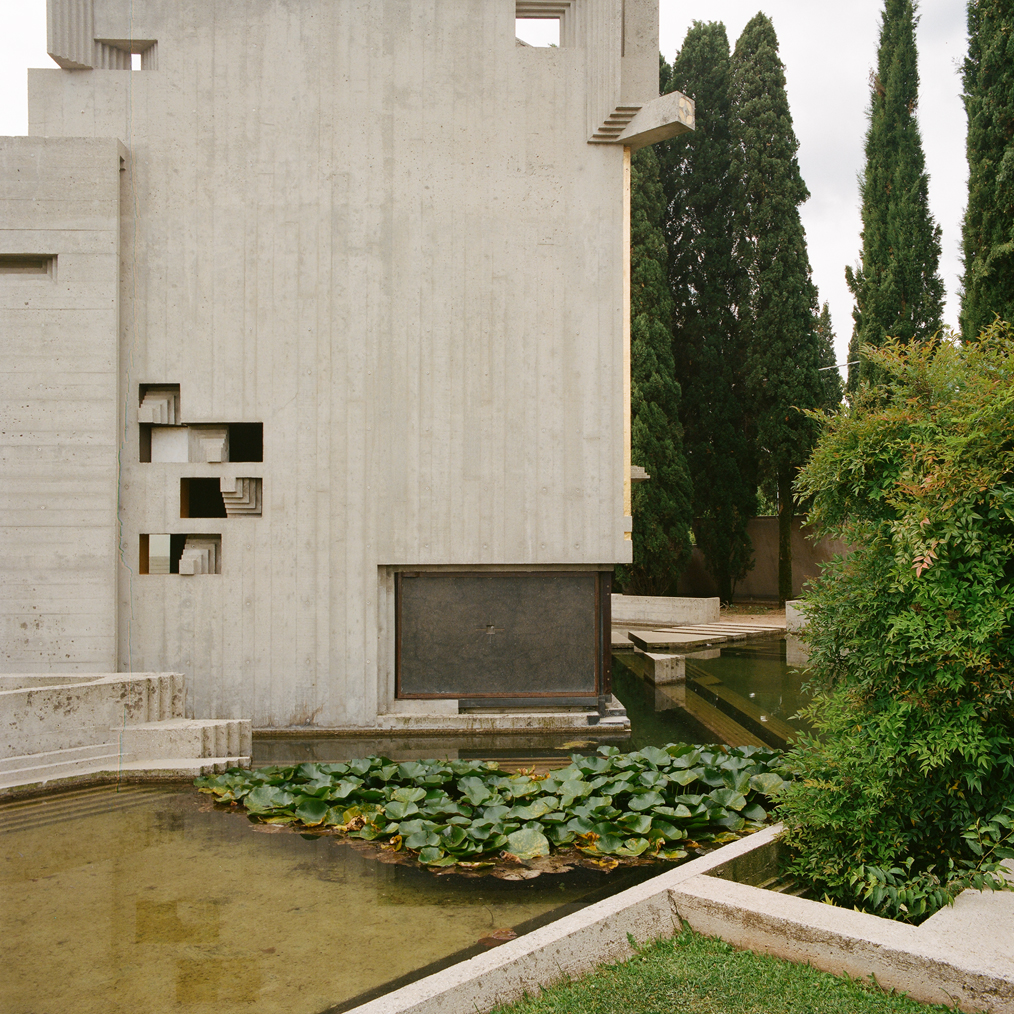
Brion Tomb and Sanctuary by Carlo Scarpa in San Vito d'Altivole, Italy. Photo Simone De Iacobis

Water plants nursery Viver Tres Turons near Barcelona. Photo Simone De Iacobis

Water plants nursery Viver Tres Turons near Barcelona. Photo Simone De Iacobis
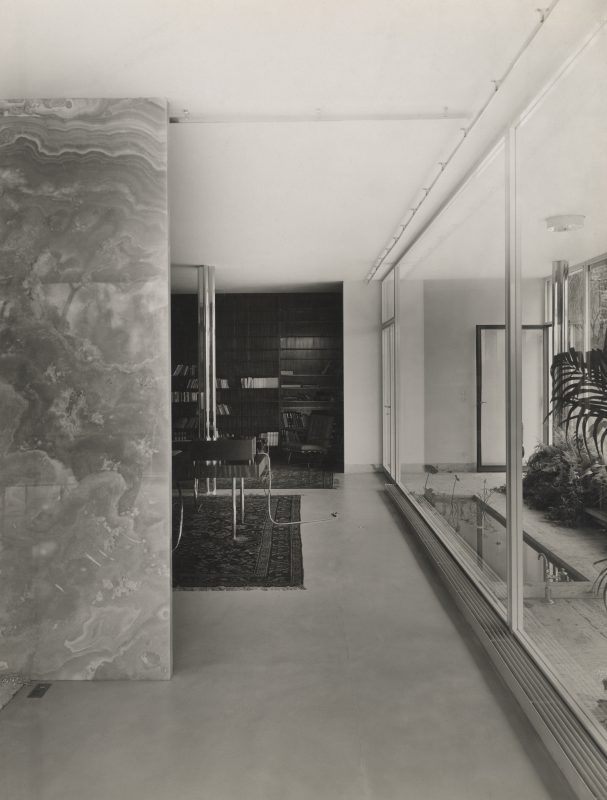
Nymphaea, sagittaria and cyperus once inhabited the pool in the Tugendhat Villa. They helped purify the water without the use of chemicals. Image: Rudolf Sandalo Jr., 1931. Collection of the Brno City Museum, Department of Architecture.
Further reading
Talk with CENTRALA, curator Aleksandra Kędziorek and Andrés Jaque (Columbia University) carried out in at the Mies van der Rohe Pavilion. In collaboration with the Polish Institute of Culture.
The 2021 research trips were organized thanks to the i-Portunus mobility grant.


Authors: CENTRALA (Małgorzata Kuciewicz, Simone De Iacobis)
Curator: Aleksandra Kędziorek
Curator Fundació Mies van der Rohe: Ivan Blasi
Project coordinator: Adriana Mas
Barcelona Pavilion management: Víctor Sanchez
Gardener: Ruth Castilla
Aquatic botany: Viver Tres Turons (Carles Palau)
Implementation of plants: Viver Tres Turons (Ana Calderón i Carles Palau) @viver_tres_turons
Video documentation: Åkerblom Studio – @akerblom_studio
Architectural consultation: Fernando Ramos
Technical consultation Ajuntament de Barcelona: Institut Municipal de Parcs i Jardins de Barcelona
The installation is supported by Insituto Polaco de Cultura, Madrid

Cover photo:
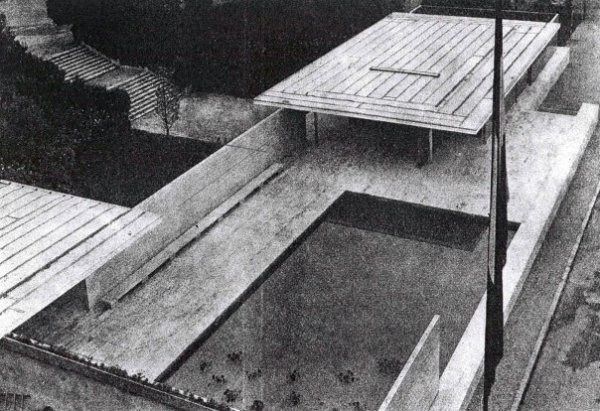
Fundació Mies van der Rohe archive (1929)